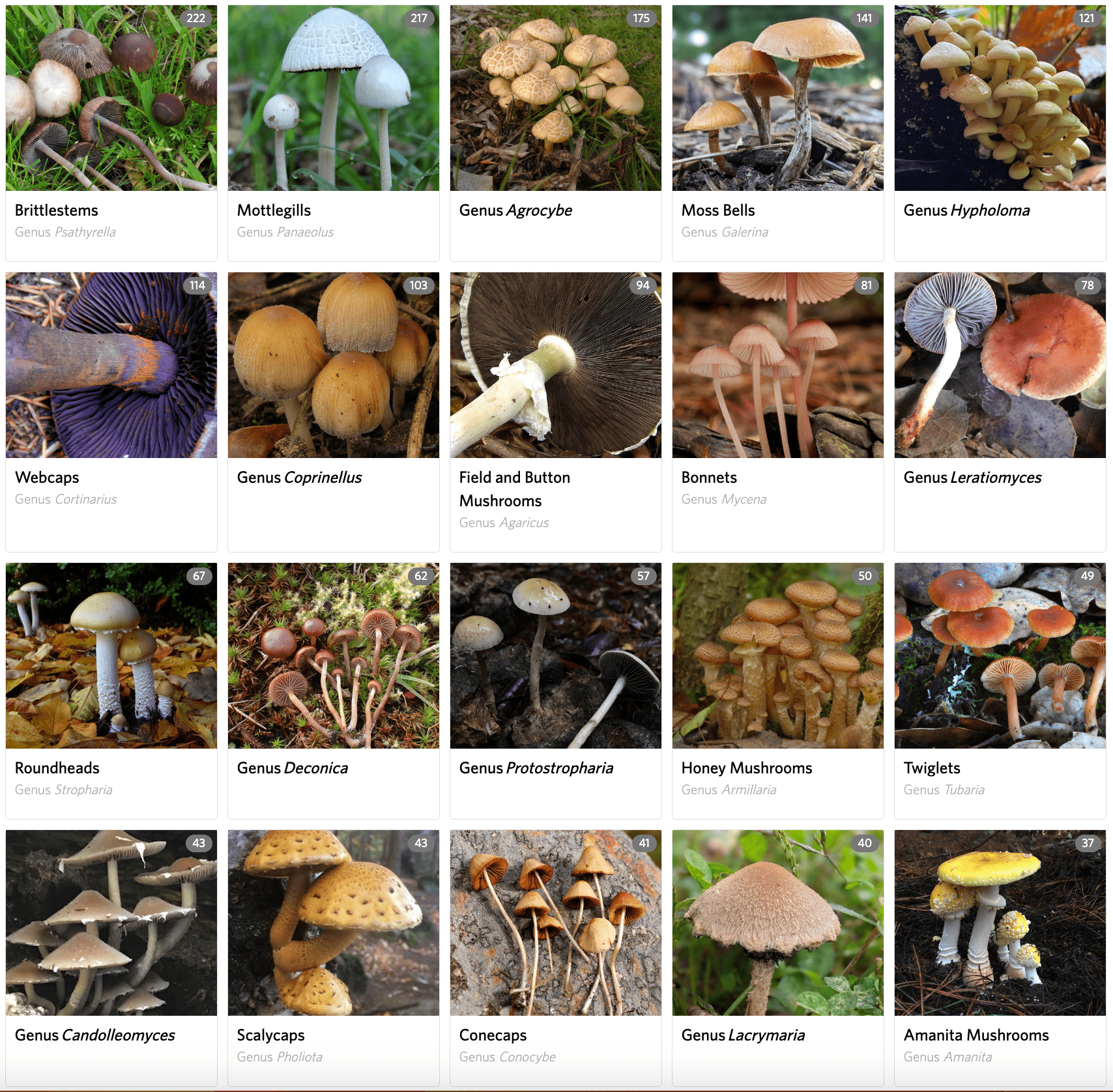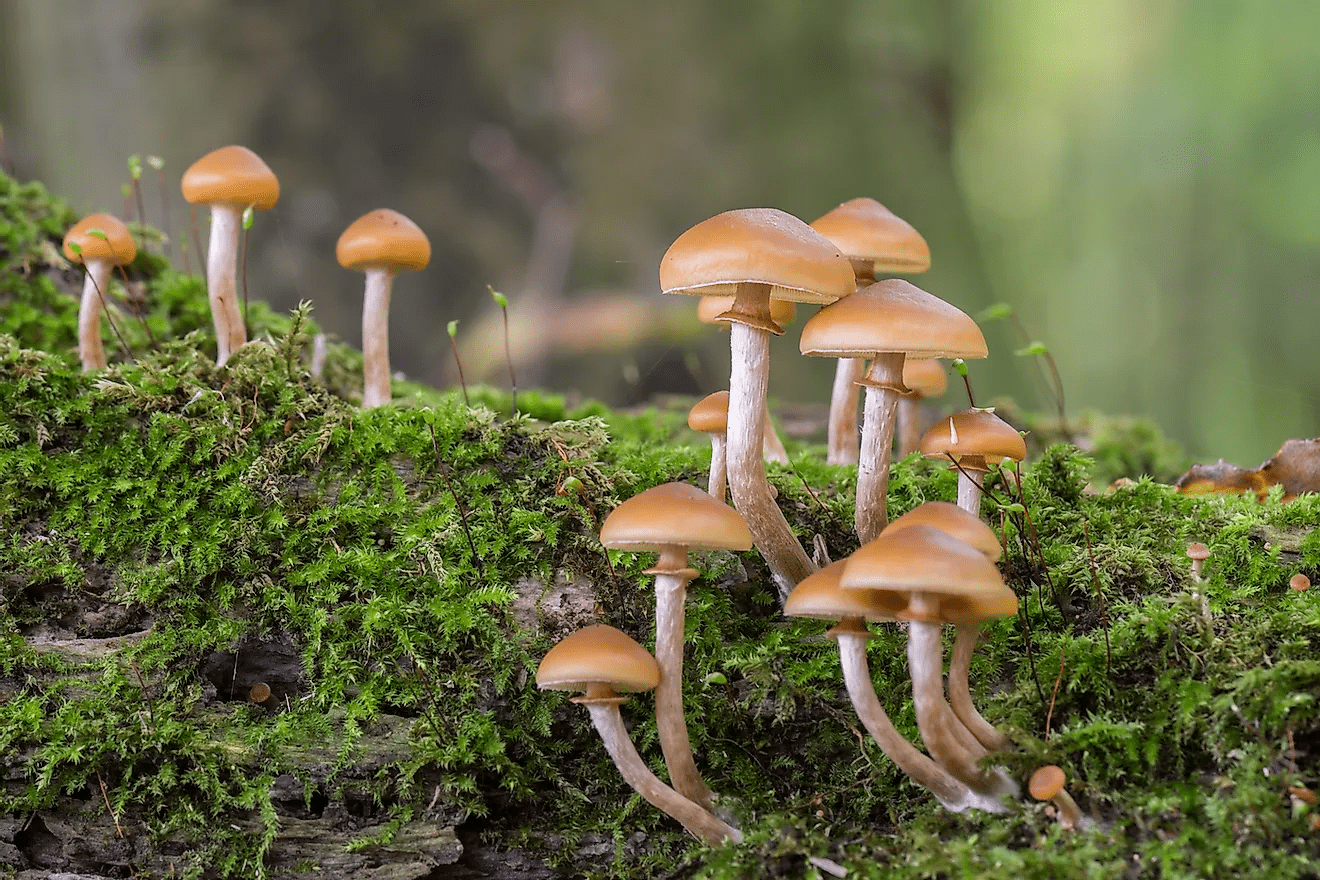
Figure 1. The top magic mushroom look a likes.
Mushroom hunting has seen a resurgence in popularity, with many enthusiasts eager to discover the fascinating world of fungi. Among these are the famed 'magic mushrooms', known for their psychedelic properties. As these mushrooms are becoming legal in various regions of the world this article is dedicated to those who are foraging for magic mushrooms legally.
It is essential for novice mushroom hunters, to be aware of the many look-alikes that can be potentially harmful. This article aims to guide beginners through the maze of magic mushroom mimics, ensuring a safe and informed foraging experience.
1. Introduction to 'Magic Mushrooms'
'Magic mushrooms' is a colloquial term for a group of mushrooms containing the psychedelic compounds psilocybin and psilocin. The most well-known species is Psilocybe cubensis, characterized by its golden cap and bluish bruising when damaged.
2. The Risks of Misidentification
While magic mushrooms are sought after for their psychedelic effects, consuming the wrong mushroom can result in severe poisoning or even death. Therefore, correct identification is paramount.
3. Common Magic Mushroom Look-alikes

a. Deadly Galerina (Galerina marginata):
Aptly named the funeral bell, this mushroom is often cited as the most misidentified as a magic mushroom. This is mainly because Galerina shares many common features with psilocybin containing mushrooms.
- Appearance: Small, brown cap and stem.
- Toxicity: Contains deadly toxins that affect the liver.
b. False Parasol (Chlorophyllum molybdites):
- Appearance: Large, white cap with greenish gills.
- Toxicity: One of the most common causes of mushroom poisoning, leading to severe gastrointestinal distress.
c. Turf Mottlegill (Panaeolus foenisecii):
- Appearance: Brown cap, often found in lawns.
- Toxicity: While not deadly, consumption can lead to mild symptoms.
Get more in-depth information about the most commonly misidentified mushrooms in our magic mushroom identification course.
4. Tips for Safe Identification
Get Educated: Attend workshops, join local mycology groups, and invest in reputable field guides.
Avoid Urban Areas: Many look-alikes grow in urban settings, making these areas riskier for novices.
Observe All Characteristics: Pay attention to cap, stem, gills, spore print, and habitat.
Seek Expert Advice: Always consult with experienced foragers or mycologists when in doubt.
5. The 'When in Doubt' Rule
If you're unsure about a mushroom's identity, it's always best to err on the side of caution. The potential risks of misidentification far outweigh the benefits. Remember the golden rule: "When in doubt, throw it out."
6. Conclusion
Mushroom hunting can be a rewarding experience, connecting enthusiasts with nature and the intricate world of fungi. However, safety should always be the top priority. By being aware of magic mushroom look-alikes and practising careful identification, novice hunters can ensure a safe and enjoyable foraging journey. If you are looking for more authoritative information about how to identify magic mushrooms, try our online magic mushroom identification course.
Disclaimer: This article is intended for informational purposes only and does not condone or promote the illegal use or harvesting of psychedelic substances. Always adhere to local laws and regulations.
